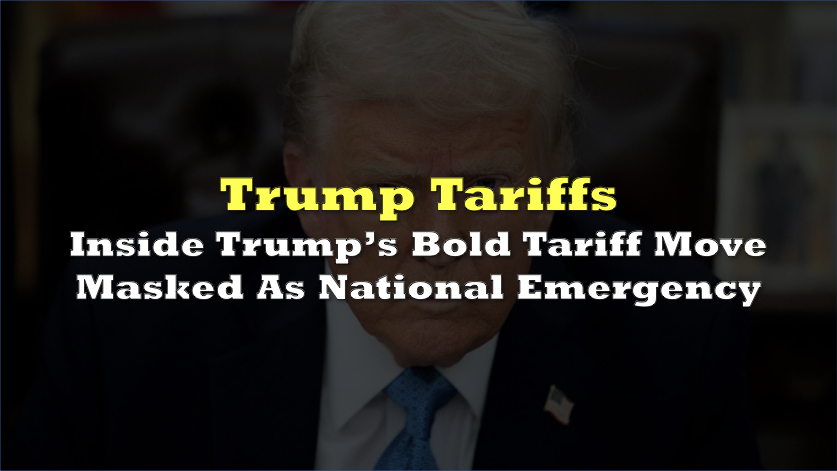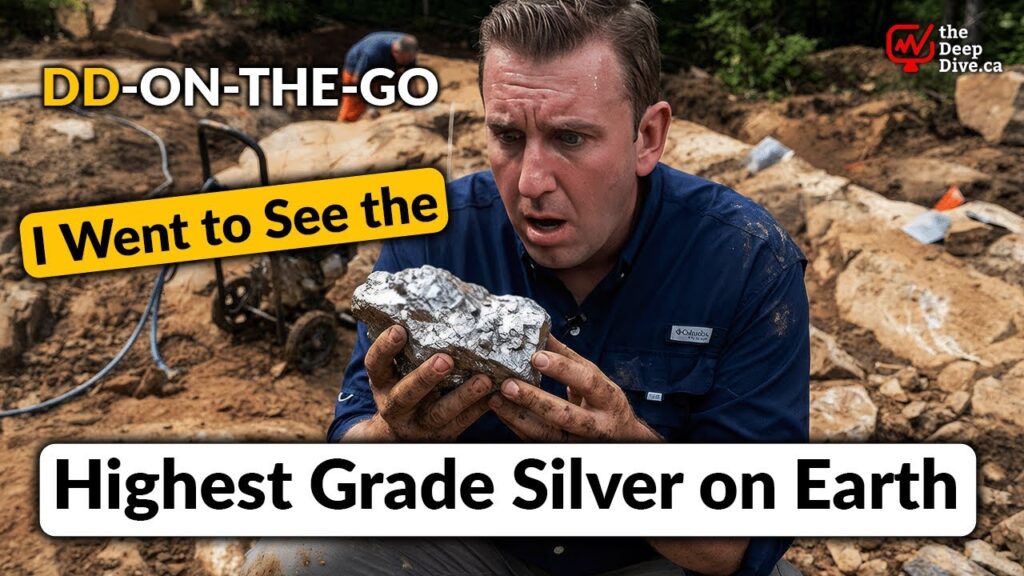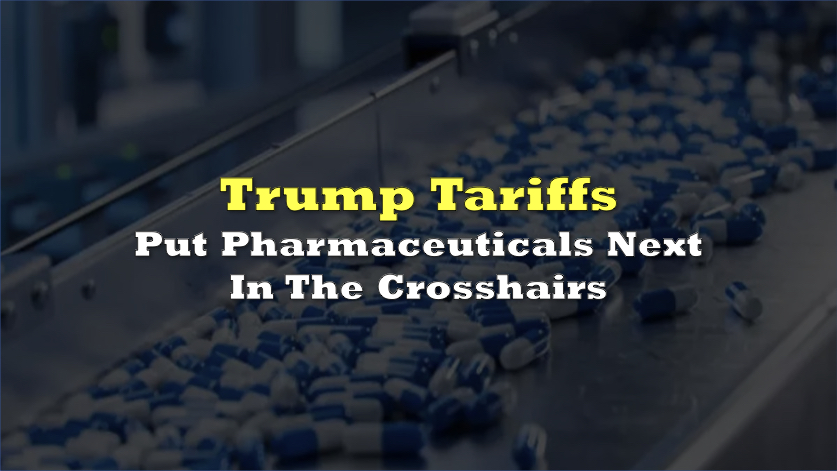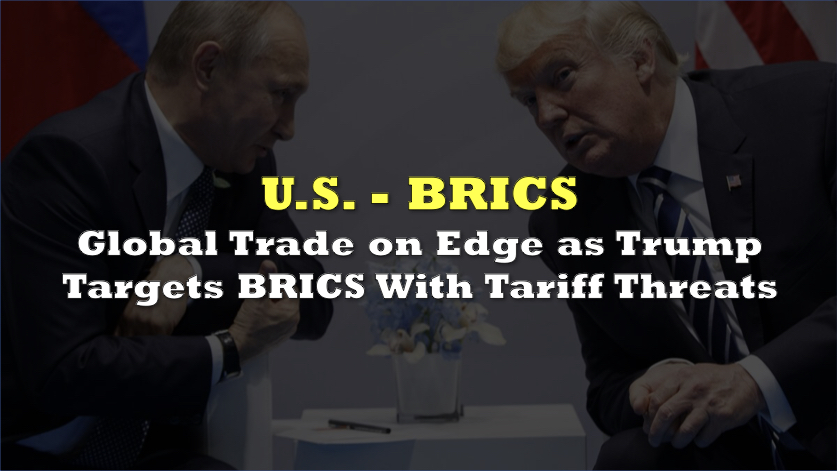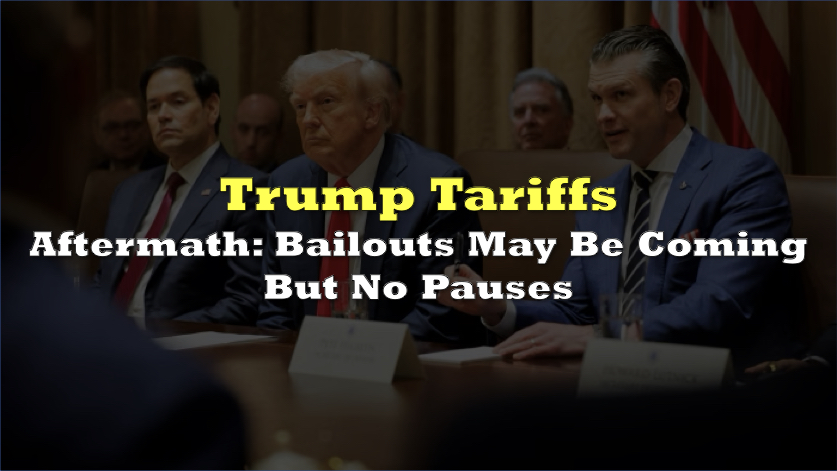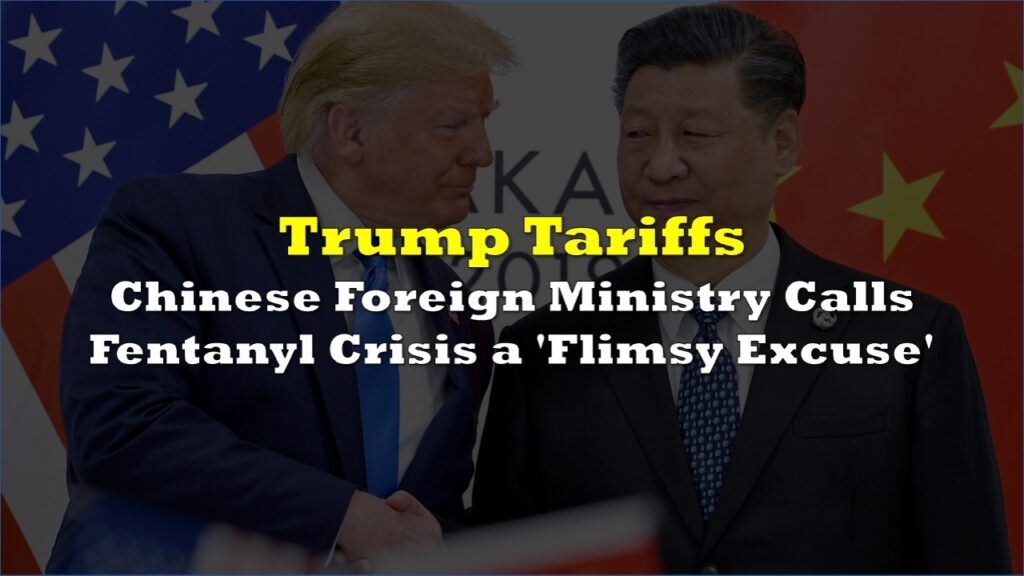In a move aimed at what the White House calls a “national emergency,” President Donald Trump has imposed a set of sweeping tariffs on foreign imports and declared his intention to recalibrate the global trading system to favor American industries.
The new duties include a baseline 10% tariff on products from nearly every country, escalating to substantially higher rates for nations that record significant trade deficits with the US.
*US TO SET BASELINE TARIFF RATE OF 10% FOR ALL COUNTRIES
— Julian Klymochko (@JulianKlymochko) April 2, 2025
BASELINE TARIFF RATE WILL GO INTO EFFECT APRIL 5
— *Walter Bloomberg (@DeItaone) April 2, 2025
Although most countries will face a 10% tariff beginning April 5, those with the largest imbalances—such as China, Japan, and nations in the European Union—will see higher, individualized rates starting April 9.
RECIPROCAL TARIFFS TO GO INTO EFFECT APRIL 9
— *Walter Bloomberg (@DeItaone) April 2, 2025
Longer list of new reciprocal US tariffs pic.twitter.com/P5b4J1ebNM
— The Spectator Index (@spectatorindex) April 2, 2025
🇺🇸 List of US Tariffs Published by the Trump Administration pic.twitter.com/QiiciM8Wjr
— Conflict Dispatch (@ConflictDISP) April 2, 2025
Speaking from the White House, the president underscored his belief that tariffs “are necessary to ensure fair trade, protect American workers, and reduce the trade deficit—this is an emergency.” He added that many of America’s trading partners impose “much higher duties on the same product,” and that these new tariffs are meant to address that disparity.
The emergency declaration hinges on the authority granted by the International Emergency Economic Powers Act of 1977, a law typically used to confront hostile foreign actions. Now, the president is applying it to address what he calls “the hollowing out of our manufacturing base.”
Executive overreach https://t.co/7HcXVI8eEP
— Christine Guerrero (@SheDrills) April 2, 2025
White House officials argue that advanced US industries—from defense equipment and automotive manufacturing to semiconductors—have become overly reliant on foreign supply chains. In some critical sectors, overseas competitors have captured such large portions of the market that American companies, including major automakers such as Ford and General Motors, struggle to compete on equal terms abroad.
TRUMP 25% AUTOMOBILE TARIFFS DUE TO TAKE EFFECT 12:01 AM ET APRIL 3 -FEDERAL REGISTER
— First Squawk (@FirstSquawk) April 2, 2025
Under the new policy, the president will reserve the right to increase or decrease tariff rates if other countries choose to retaliate or, conversely, show willingness to eliminate what US officials label “non-reciprocal” trade practices. Current tariff exclusions include steel and aluminum goods already covered under separate national security tariffs, pharmaceuticals, semiconductors, lumber, specific energy products, and certain essential minerals.
SENIOR WHITE HOUSE OFFICIAL: TRUMP PLANS OTHER SECTORAL TARIFFS FOR SEMICONDUCTORS, PHARMACEUTICALS AND POTENTIALLY CRITICAL MINERALS; THOSE ALSO WON'T BE COVERED BY NEW REGIME
— First Squawk (@FirstSquawk) April 2, 2025
While Canada and Mexico are formally exempt from these new reciprocal tariffs under the USMCA framework, any of their goods that do not meet USMCA’s rules of origin will continue to face a hefty 25% duty, a rate previously tied to the administration’s separate border emergency actions.
Canada may be exempt from today's Liberation Day tariffs? @CNN reporting this: https://t.co/hx5hDuG9KT #cdnecon pic.twitter.com/0UaIxsSXls
— Trevor Tombe (@trevortombe) April 2, 2025
Trump’s supporters frame these tariffs as a critical tool for reversing the past two decades of manufacturing decline and safeguarding national security. The White House has pointed to studies that, it says, validate the effectiveness of tariffs in “reducing or eliminating threats that impair U.S. national security.”
Meanwhile, skeptics fear a harmful ripple effect that could spark trade conflicts, raise consumer prices, and stifle global economic growth. Major stock indices, including the S&P 500, fell immediately after the announcement.
Meanwhile, the US stock market has lost over $2 trillion in the last 20 minutes. pic.twitter.com/eigvvtZbHw
— Jürgen Nauditt 🇩🇪🇺🇦 (@jurgen_nauditt) April 2, 2025
One of the most memorable news events, where a policy announcement made the stock market tank in such a direct way.
— Joe Weisenthal (@TheStalwart) April 2, 2025
I've seen other press conferences/speeches where the market tanked, but it was always in the context of an ongoing crisis where the response looked insufficient.
The administration has repeatedly highlighted longstanding tariff disparities, using items like passenger vehicles and agricultural products as examples. Cars from US automakers can face double-digit tariffs in regions like the European Union or India, while foreign carmakers pay just 2.5% to access the American market.
“He is the first President in modern history to stand strong for hardworking Americans by asking other countries to follow the golden rule on trade: Treat us like we treat you,” a senior White House official said, quoting an internal administration briefing.
DID I CRACK IT?
— ☉rthonormalist🧭✡️ (@orthonormalist) April 2, 2025
I think I figured out at least a chunk of the math.
It's trade deficit divided by their exports.
EU: exports 531.6, imports 333.4, deficit 198.2. 198.2/531.6 is 37, close to 39.
Israel: exports 22.2, imports 14.8, deficit 7.4. 7.4/22.2 is 33. https://t.co/urAVoCiPLV
OK everybody – time for some math
— BonkDaCarnivore (@BonkDaCarnivore) April 2, 2025
Set aside the charts that show the country tariffs by 20 seconds. Lost in the midst of all this on Twitter is this little snipet:
Trump has established a "minimumuniversal baseline tariff" of 10% that are applied to ALL COUNTRIES FOR ALL… pic.twitter.com/81EDPywZsX
Information for this story was found via the sources and companies mentioned. The author has no securities or affiliations related to the organizations discussed. Not a recommendation to buy or sell. Always do additional research and consult a professional before purchasing a security. The author holds no licenses.

